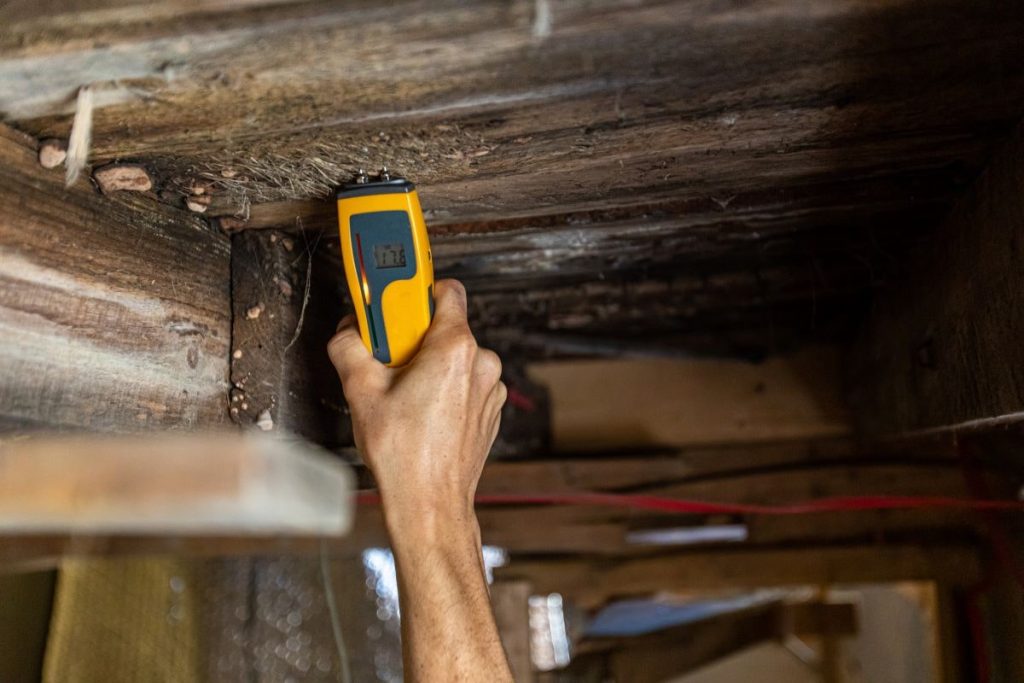Identifying Mold on Wood
Mold growth on wood surfaces can be concerning due to its potential health risks and structural implications. Recognizing the signs of mold early is crucial for prompt remediation. In this chapter, we’ll explore how to identify mold on wood surfaces and distinguish it from other types of discoloration or staining.
Common Signs of Mold on Wood
- Discoloration: Mold often appears as patches of green, black, or brown discoloration on wood surfaces. These patches may spread over time if left untreated.
- Musty Odor: Mold growth is often accompanied by a distinctive musty odor. If you notice a persistent musty smell in an area with wooden surfaces, it could indicate mold growth.
- Fuzzy Growth: Mold typically exhibits a fuzzy or velvety texture, especially in areas with high humidity or moisture levels. The presence of fuzzy growth on wood surfaces is a strong indicator of mold infestation.
Keeping your Home Safe from Mold: A Deep Dive into Mold on Wood
Did you know that your beautiful wooden furniture, flooring, or construction material can also serve as a feeding ground for tiny, unwanted guests? Yes, we are talking about mold – that unpleasant, sometimes dangerous growth that loves damp and poorly ventilated places.
Our ultimate purpose is to help you gain control of any mold situation and provide you with the necessary knowledge to keep your wood structures mold-free and safe for everyone. Let’s delve into the world of mold and unravel the steps you can take to bid farewell to this unwelcome guest.
Is It Really Mold? Ask trusted MoldMan!
Mold spores can easily spread to other damp surfaces, including other wood products. Depending on the mold species, surfaces available, and environmental conditions, spores can grow and spread in a few days, but can also take months or even years to spread and grow. In addition, different wood species are affected differently by molds, due to the wood’s stored sugar content. Any untreated wood can be at risk of acquiring mold without the proper care.
Is it just staining?
Before we start mold remediation, we need to do the inspection, you need to understand that sometimes what initially looks like mold is just natural staining of the wood. When you see any type of discoloration on your packaging, you have to ask yourself, “Is it really mold?”
Wood discoloration can look a bit scary, but it’s non-biological and is not caused by microorganisms such as fungi or bacteria. In contrast to mold, wood discolorations or staining can be caused by sun exposure, naturally occurring enzymes, minerals, fasteners, or even generate from the wood itself.
Check out our website GREEN STAR Pro Master Home Pro or call us (Emergency Call) @ (847) 701-4111 for more information. We are here to help you.
